“Any app that can be written in JavaScript, will eventually be written in JavaScript.”
-JEFF ATWOOD
JavaScript often abbreviated as JS, is a high-level, multi-paradigm interpreted or just-in-time compiled programming language. It is well-known as the scripting language for Web pages. JavaScript is not only regarded as the language of the webpages for traditional client-side use but now, it is also being used for server-side applications along with native mobile app development, desktop applications, machine learning for automation, progressive web apps and more.
JavaScript can function as both a procedural and an object-oriented language. Objects are created programmatically in JavaScript, by attaching methods and properties to otherwise empty objects at run time, as opposed to the syntactic class definitions common in compiled languages like C++ and Java. Once an object has been constructed it can be used as a blueprint (or prototype) for creating similar objects.
When it comes to Web Development, JavaScript frameworks are one of the most preferred platforms for developers & businesses today. JavaScript (JS) frameworks are one of the most preferred platforms to build a dynamic modern application, real-time chat, eCommerce, inventory, processing and much more. It is essential to find the correct platform for your app to be built around. Choosing from amongst even the most popular JavaScript frameworks for a new project can be a challenging process. However, we bring you a list of all javascript frameworks that developers prefer to built their apps around i.e., a list of javascript framework ranking.
Contents
Most Widely Used JavaScript Frameworks:
1. AngularJS:
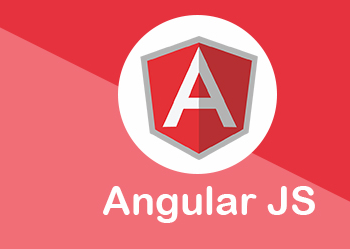 Google introduced Angular framework as a visionary of future changes in web APIs and is receptive to it. Angular.js is a popular open-source and one of the best front end javascript framework which is mainly used for developing dynamic single-page web applications (SPA).
Google introduced Angular framework as a visionary of future changes in web APIs and is receptive to it. Angular.js is a popular open-source and one of the best front end javascript framework which is mainly used for developing dynamic single-page web applications (SPA).
It aims to simplify both the development and the testing of such applications by providing a framework for client-side model–view–controller (MVC) and model–view–viewmodel (MVVM) architectures, along with components commonly used in rich Internet applications.
AngularJS is used to transfer all the content from the server to the browser along with loading all the web pages simultaneously. Once the contents are loaded, clicking on any link on the page does not reload the entire page content; instead, it simply updates the sections within the page.
AngularJS Features:
- 2way binding: AngularJS’ two-way data-binding handles the synchronization between the DOM and the model, and vice versa.
- Enhanced RXJS: has led to lightning fast compilation time of approx. 2.9 sec and modified start HttpClient.
- Abundant resources and support: Google offers a rich treasure trove of resources and rolls out new updates and improvements every 6 months.
- MVVM (Model-View-ViewModel) allows developers to work on the same application and data pool in isolation.
- Native mobile app: NativeScript powered by angular enables the development of native mobile apps for both iOS and Android.
- Support for Progressive web applications: Angular is the first framework to integrate features for development of progressive web applications.
Cons:
- Performance: Dynamic applications didn’t always perform that well. Complex SPAs could be laggy and inconvenient to use due to their size.
- Difficult learning: Rather than following a straight learning graph, you may have to face great difficulty in getting adapted to the framework.
2. ReactJS:
 React is a framework which was originally created, and is maintained, by Facebook used for building interactive and complex UI and is ranked as of of the top ui frameworks. React.js is mostly preferred when any high performing enterprise application needs to be delivered to its users.
React is a framework which was originally created, and is maintained, by Facebook used for building interactive and complex UI and is ranked as of of the top ui frameworks. React.js is mostly preferred when any high performing enterprise application needs to be delivered to its users.
It is mainly used to handle “V” (view) layer in the MVC(Model View Controller) model for web and mobile apps. Apart from web applications, React can also be used to create a native mobile application supported by both Android and iOS.
React developers are one of the highest paid Javascript developers in 2019.
React is more flexible when compared to Angular since developers will have to work with independent libraries with comparatively better response time. React also allows us to create reusable UI components.
ReactJS Features:
- Declarative: ReactJS is declarative and component based. The web pages are divided into small components to create UIs.
- Virtual DOM: In React, for every DOM object, there is a corresponding “virtual DOM object.” A virtual DOM object is a representation of a DOM object, it creates a virtual copy of the original DOM.
- Event handling: React creates its own event system which is fully compatible with W3C object model.
- JSX: The adoption of JSX allows for the structuring of components that will then compile into JS React when running on the server.
- Performance: React is renowned for its high efficiency and flexibility. It can be easily integrated with other frameworks without any hassle. Can be used for both client side as well as server side.
- React Native: React Native is a custom renderer for React and can provide a nearly seamless mobile experience to pair alongside your React application for the web.
Cons:
- High pace of development: Environment constantly changes, and developers must regularly relearn the new ways of doing things.
- Bloated and complex: Many developers find react too complex and bloated for their purpose.
- JSX as a barrier: It adds XML syntax extension to JS. Developers and designers frequently complain about JSX’s complexity and consequent steep learning curve.
- SEO problems: Google and other search engines can’t index or poorly index dynamic web pages with client-side rendering.
3. Vue:
 Vue.js, released in 2014 is one of the fastest growing frameworks and is a lightweight progressive JS framework which gets a lot of its concepts from ReactJS and AngularJS. It is an open source JavaScript framework for building creative UI.
Vue.js, released in 2014 is one of the fastest growing frameworks and is a lightweight progressive JS framework which gets a lot of its concepts from ReactJS and AngularJS. It is an open source JavaScript framework for building creative UI.
It has a template style similar to Angular and has component based props just like ReactJS. Its dual integration mode is one of the most attractive features for the creation of high-end SPA or Single Page Application. It is a much reliable platform for developing cross-platform.
Vue.js Features:
- Template: Vue.js offers HTML-based templates that bind the DOM with the Vue.js instance data.
- Flexibility: Vue also allows the user to write their templates in HTML file, JavaScript file, and pure JavaScript file using virtual nodes.
- Small in size: One of the greatest advantages of Vue.js is its small size. A compressed version of Vue is only 18 kb in size.
- Easy Learning curve: Vue has a relatively easier learning curve as compared to some of the bigger frameworks, and fantastic documentation to assist those new to JS frameworks and veterans alike.
Cons:
- Small community: Vue is still very new and evolving fast. A large chunk of Vue developer community is from non-English speaking eastern European countries. However, it is expected to change in 2019.
- Poor Support: Vue doesn’t offer a big resource collection to new users on a scale similar to that of angular and react.
4. Ember:
 Ember is also an open source client side javascript framework that allows developers to build scalable single web page applications.
Ember is also an open source client side javascript framework that allows developers to build scalable single web page applications.
While Angular and React are flexible and less opinionated, Ember is a more opinionated framework, funneling developers into best practices for the platform. Ember was also named as the best of client-side JavaScript frameworks, leaving behind its main competitors, React and AngularJS.
Ember has a widget based approach called as Ember components.
Ember.js Features:
- Ember templates: Ember’s templates, which are written with the Handlebars templating language help in creating stunning UI.
- Convention over Configuration: Ember is based on Convention over Configuration (CoC) which helps developers to focus more on functionality and building apps faster rather than worrying about planning High performance. There’s more building, and less blueprinting.
- Ember CLI: Ember-CLI is a command line addon that is packed alongside Ember stack. Ember-CLI provides support for tools like CoffeeScript, Handlebars, LESS, and Sass.
- Ember.js provides Ember Inspector tool for debugging Ember applications.
Cons:
- Handlebars aren’t as good as JSX at things such as composition. JSX offers far more flexibility.
- Support for type checking (which is a great selling point for both React and Angular) isn’t great.
- Support for tree shaking etc. isn’t great.
- Too complex to be implemented in small projects.
- Ember is extremely complicated and difficult to learn especially for beginners.
5. Node.js:
Node.js is an open source, server-side platform built on Google Chrome’s JavaScript Engine. It is one of the most downloaded, an open source, a cross-platform runtime environment for executing JavaScript code outside of a browser.
The framework is capable of driving asynchronous I/O to remain lightweight and efficient in the face of data-intensive real-time apps that run across distributed devices. It works in the JavaScript Runtime environment and hence shows similar properties of JAVA like threading, packages, forming of loops.
NodeJs Features:
- Extremely fast: Node.js is built on Google Chrome’s V8 JavaScript Engine, so its library is very fast in code execution.
- Single threaded: Node.js makes use of a single threaded model with event looping.
- Highly Scalable: Node.js is highly scalable because event mechanism helps the server to respond in a non-blocking way.
- No buffering: NodeJS applications never buffer any data which cuts down the overall processing time while uploading audio and video files. These applications simply output the data in chunks.
- Non-blocking: All APIs of Node.js library are asynchronous, that is, non-blocking
Cons:
- Application Programming Interface (API) is Not Stable.
- Does not have a Strong Library Support System.
- Asynchronous Programming Model makes the codes tend to become clumsy and the programmers have to depend on the nested calls.
6. Backbone.js:
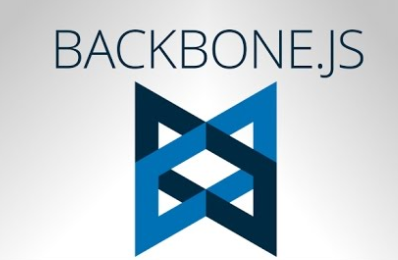 Backbone.js is one of the most famous JavaScript frameworks and has been around for a long time. BackboneJS is a lightweight JavaScript library that lets developers develop single page web applications and client-side applications that run in a web browser.
Backbone.js is one of the most famous JavaScript frameworks and has been around for a long time. BackboneJS is a lightweight JavaScript library that lets developers develop single page web applications and client-side applications that run in a web browser.
Unlike other frameworks, Backbone puts the developer in charge of choosing the right tool that works best for a given project.
Backbone.js Features:
- Separated business and UI logic: Backbone can help you with, is keeping your business logic separate from your user interface.
- Event-driven communication: Event-driven communication between views and models prevents the code from being hard to read.
- Less code: Backbone.js makes your code simple, systematic and organized. It acts as a bacThe Indian Wirekbone for your project. The more you stick to backbone conventions the less you have to code,
- Syncing with backend: Models in Backbone.js can be tied to a back-end since Backbone provides excellent support for RESTful APIs.
Cons:
- It only uses underscore templates.
- It isn’t much suited for large data sets or multi-paged web applications.
- Smaller Community.
7. Meteor.js:
Meteor.js is an open-source, full-stack framework. You can control everything from the database to the UI with the same language and the same framework. It also allows rapid prototyping and creates cross-platform codes.
Meteor is armed with Blaze engine but it can also be used along with popular front end libraries/frameworks like Angular and React. It gives the flexibility to use “one language everywhere” and that makes it different from other JavaScript frameworks. It uses data on the wire which means that the server sends data and not the HTML while the client renders it.
Meteor.js Features:
- Full-stack solution: Meteor provides a full-stack solution for developing and using web applications.
- Live-browser reloading: Meteor supports live reloading of pages every time the code is modified and reloads only those DOM elements that have been altered and not the entire page.
- Real-time web apps: Meteor is the perfect solution for developers looking to build real-time applications.
- Extensive packages and libraries: Meteor offers a wide array of official community libraries and smart packages. Meteor packages make it easy to add features such as user accounts, JavaScript libraries like React and more.
- Single language development: Meteor allows using the same code on the front-end and the back-end as well, for mobile and web applications.
Cons:
- Supports only MongoDB NoSQL database which requires a unique set of skills that RDBMS-oriented architects don’t necessarily have.
- Deployment and tool integration is not as simple as some other platforms.
- Meteor has seen a rapid decline in its popularity with the majority of its users now shifting onto other more popular frameworks like react, angular, vue js for frontend and express.js and next.js for backend development.
8. Polymer.js:
 Polymer is an open source, lighter weight Google-backed framework which can create the elements of the website without going into the complex level. It was the very first library to allow interactive building applications by composing components.
Polymer is an open source, lighter weight Google-backed framework which can create the elements of the website without going into the complex level. It was the very first library to allow interactive building applications by composing components.
Polymer is also considered to be one of the best to work with Spring Boot REST resources when compared to other JS frameworks.
Polymer.js Features:
- Web Components: Polymer is built on top of the idea of web components. Web components are a set of w3c standards which consists of several different web technologies including custom elements.
- One-way and two-way data binding: It supports both one-way and two-way data binding.
- Cross-browser compatibility: Polymer also offers cross-browser compatibility.
- Polymer also has a lightweight footprint, which makes its load times much better than the larger frameworks.
Cons:
- It lacks server-side rendering.
- It is not entirely clear how to organize larger applications.
- Dependency errors and pointing to a different version of dependencies.
- Downloading of entire library and Polyfills.
9. Aurelia:
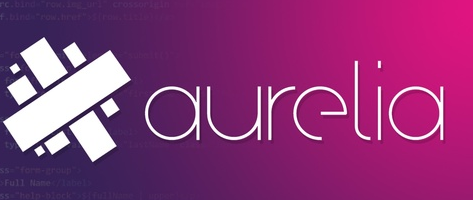 Aurelia framework is the latest version of the JavaScript that aids in web and mobile application advancement.
Aurelia framework is the latest version of the JavaScript that aids in web and mobile application advancement.
It is a collection of open source modern JavaScript modules and is known as the “next-gen UI framework” written in ECMAScript. Aurelia focuses mainly on being compatible with whatever JavaScript your application uses. Aurelia is said to have overtaken Angular regarding modularity.
Aurelia.io Features:
- Multiple language support: Support for ES5, ES 2015, ES 2016 and TypeScript gives Aurelia the agility to be used in multiple kinds of JavaScript development situations.
- Forward thinking: It mainly focuses on next-gen JavaScript. It is written with ECMAScript.
- Extensible HTML:
- Aurelia has a relatively low learning curve, giving developers the chance to accelerate their time to writing productive code.
Cons:
- Small Community: It is hard to find proper examples in some cases
- Poor Documentation
10. Mithril.js:
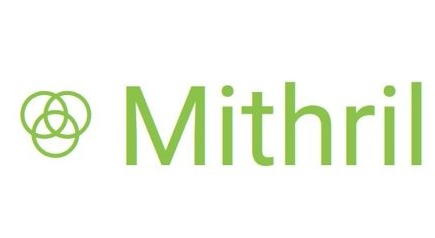 Mithril is a lesser-known JS library is the modern JavaScript framework which is used for creating single-page applications on the client-side.has a few similar features like React.js.
Mithril is a lesser-known JS library is the modern JavaScript framework which is used for creating single-page applications on the client-side.has a few similar features like React.js.
It is tiny (less than 8KB gzip), fast, provides routing and XHR utilities. It supports all the browsers like IE9 without the requirement of any polyfills.
Mithril.js Features:
- Core feature: Mithril gives you hierarchical MVC components and safe-by-default templates with an intelligent DOM difference checking for high-performance rendering just like React.
- Testability: Mithril templates are just JavaScript so that developers can test them in any JavaScript engine without a build step.
- Components: In Mithril.js, components are created with an optional controller and a required view property.
- Performance: Mithril loads in under 5ms when compared to other frameworks. It is the fastest MVC library in the TodoMVC benchmark.
Cons:
- Lesser known and hence smaller community.
- Mithril isn’t recognized much, it often has a head to head competition with other JavaScript frameworks.
Conclusion:
So at the end of the day, the question that remains unanswered is: Which JavaScript framework should I use for my project? Well, the answer to this is as complicated as ever. It is entirely project-specific. None is better than the other, it all depends on the project.
I hope you found this article informative and helpful. Let me know in the comment section if I missed any big player and I will surely include it.
Also read:
- Best Competitive Coding Websites
- Top In demand Tech Skills
- Most Popular Programming Languages
- Best Python Libraries

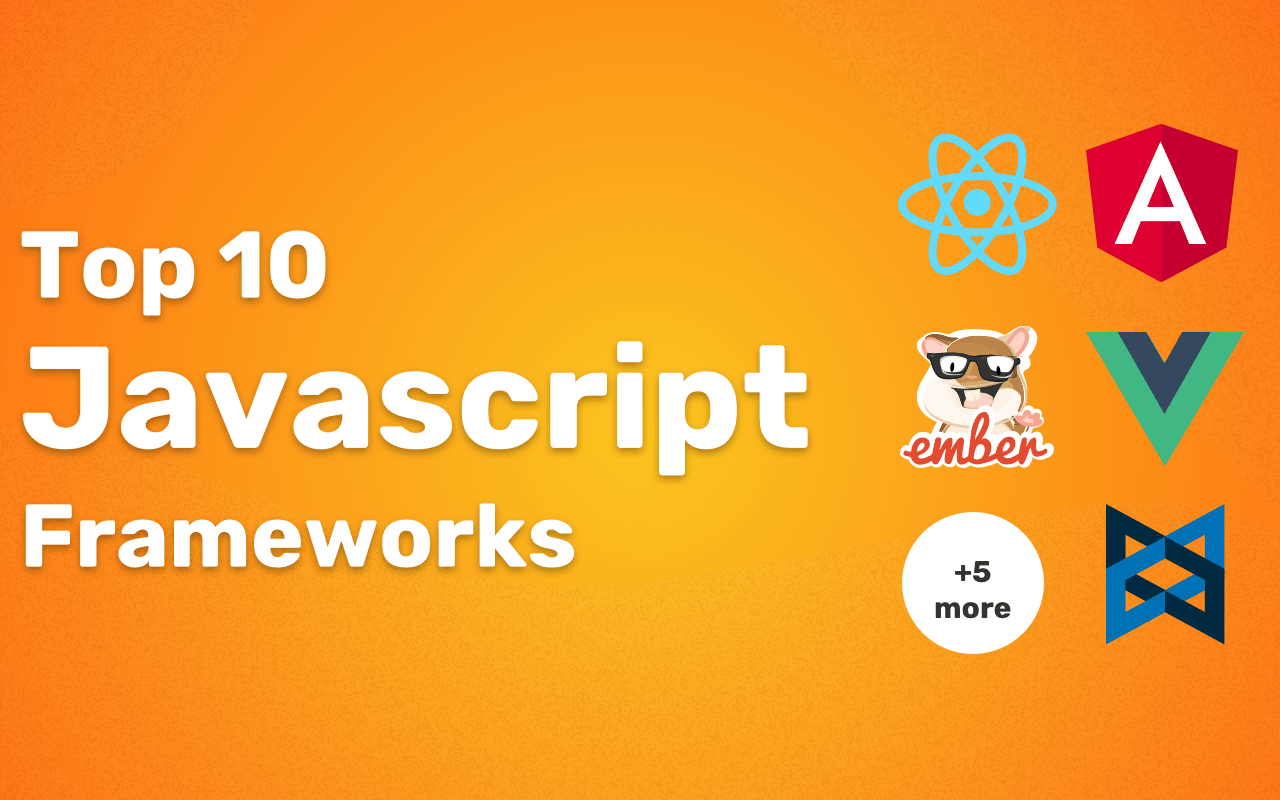
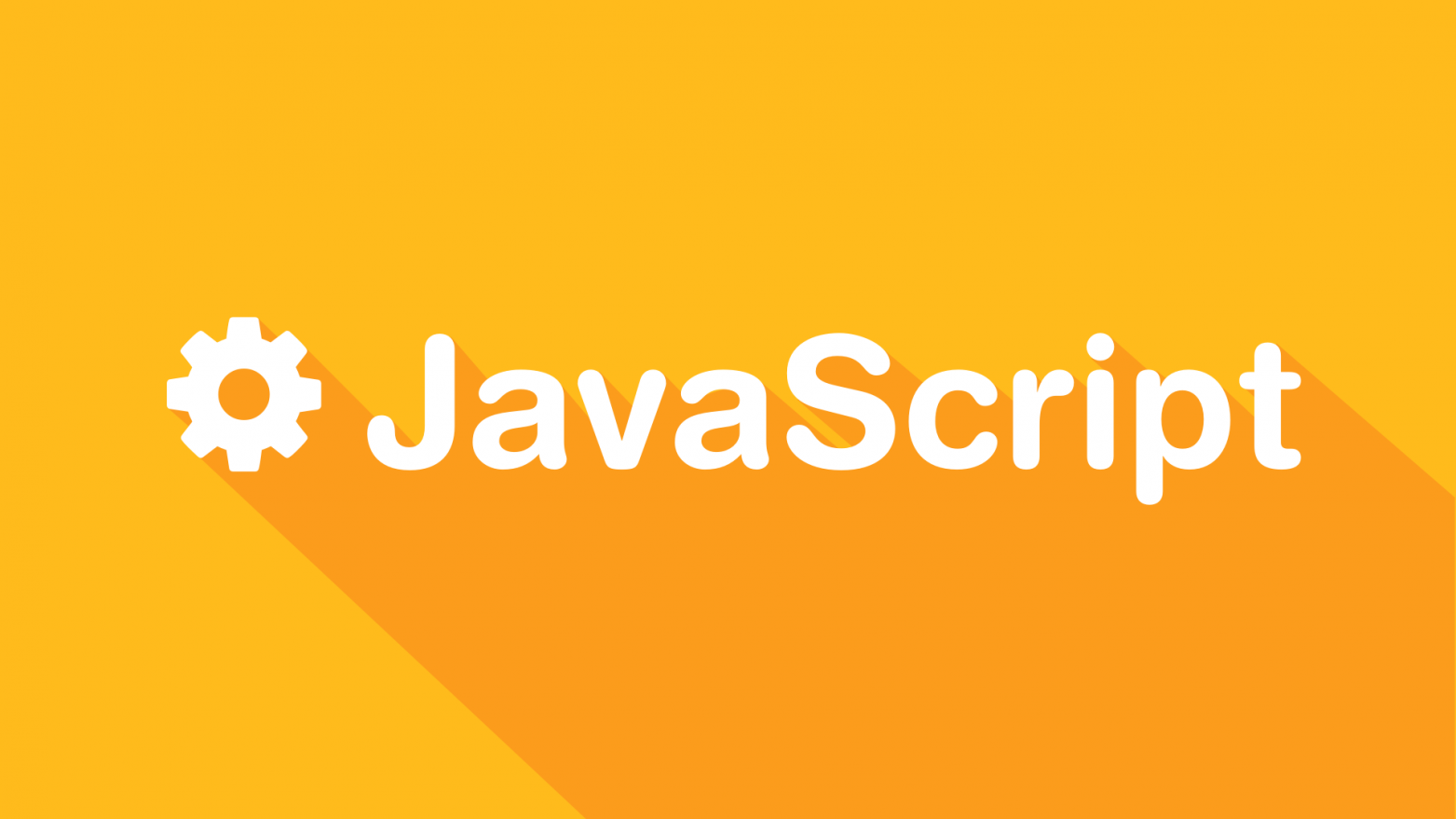
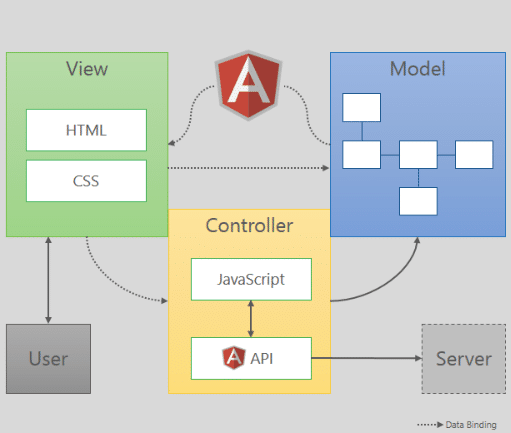
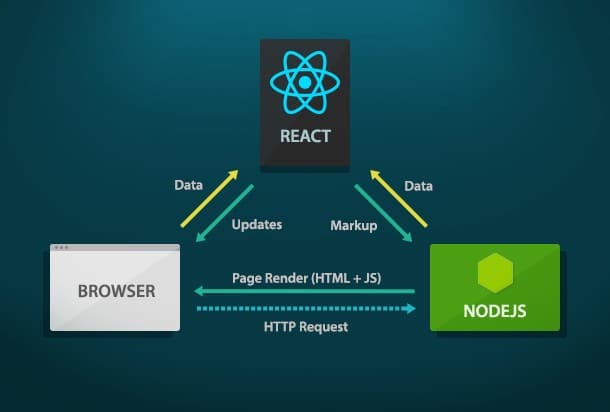

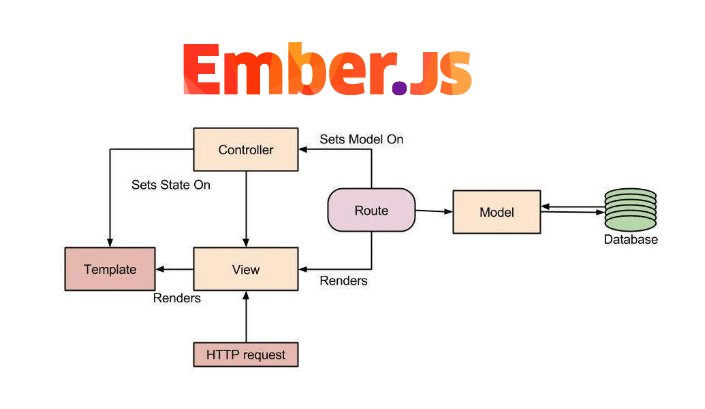
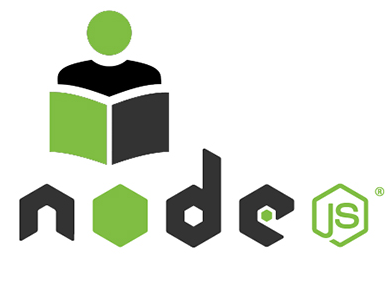
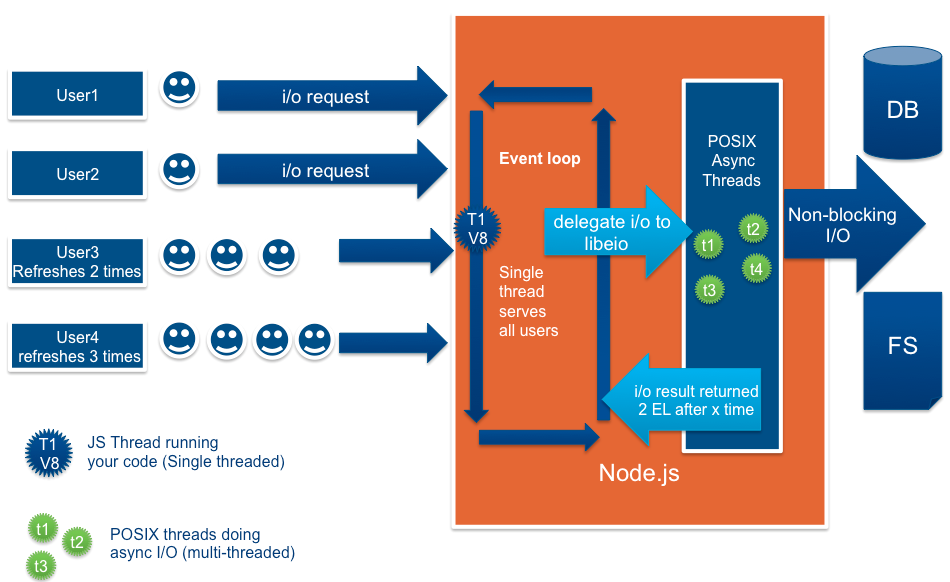
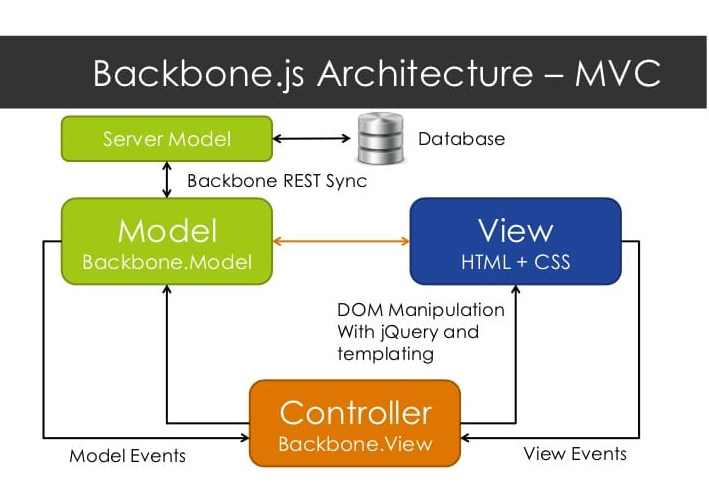

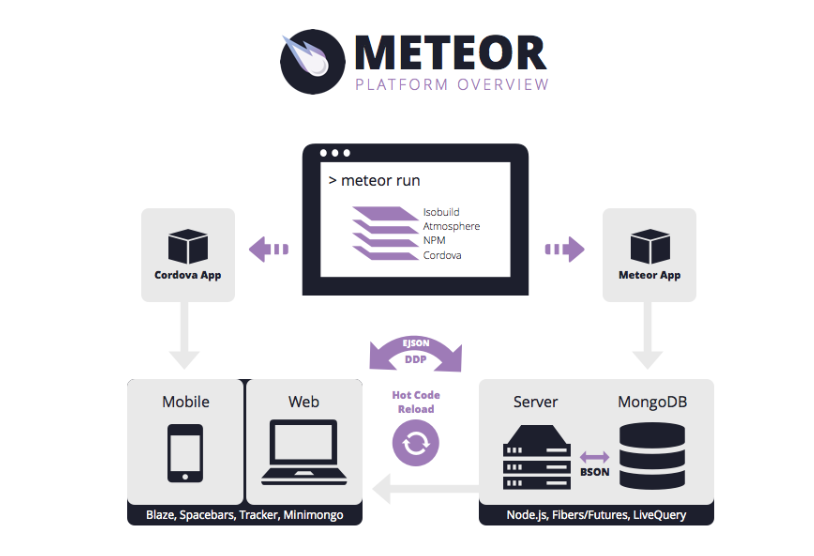
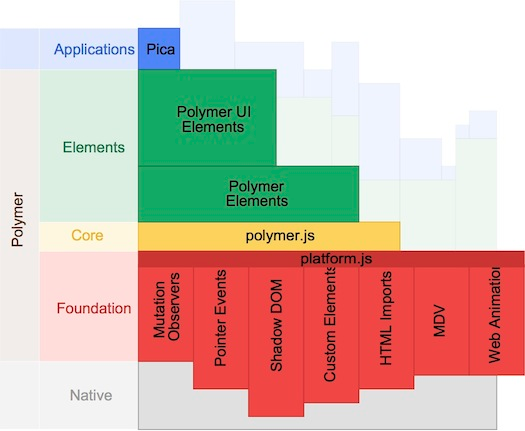
React and Angular both are good but I found React little bit easy